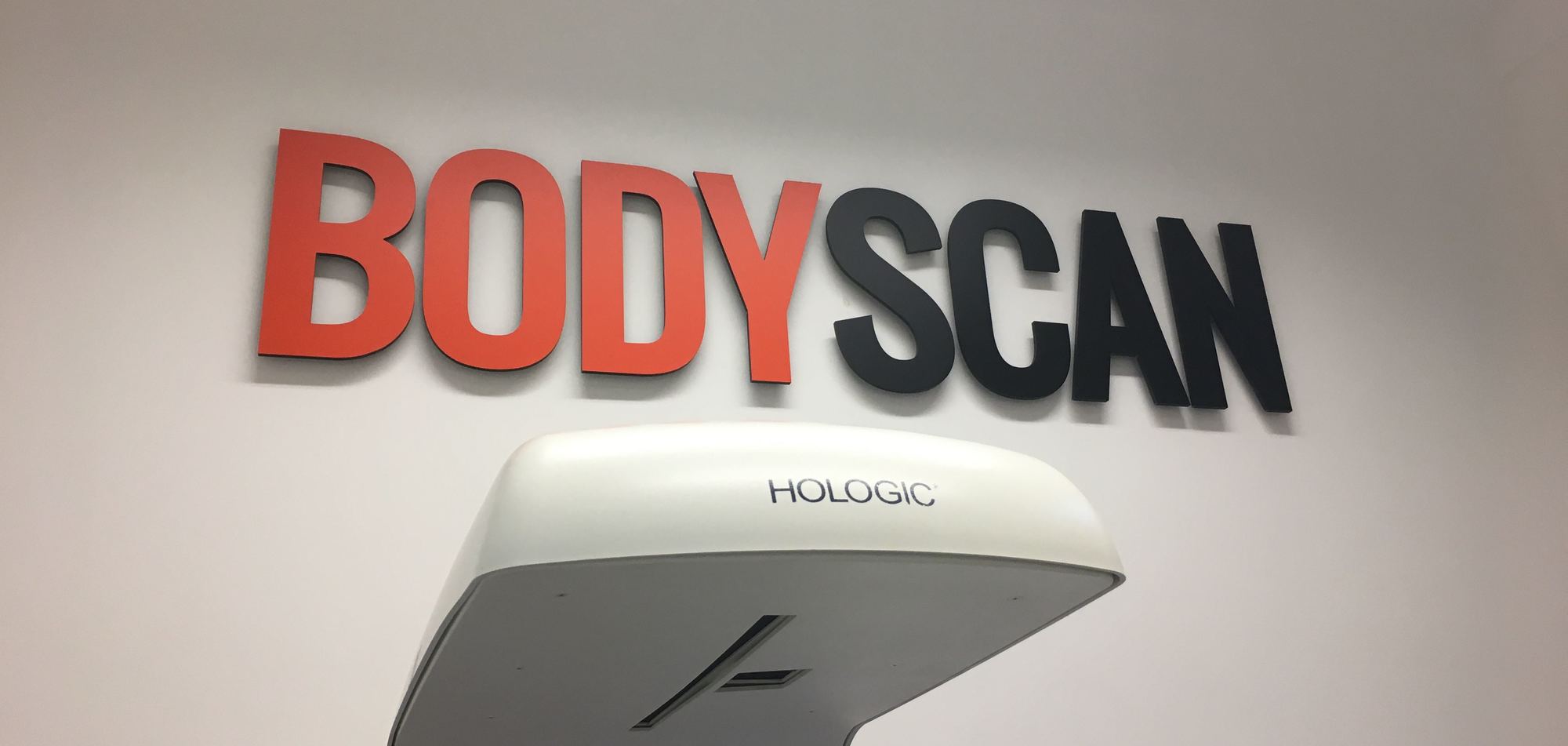
Your Bodyscan DEXA scan report contains a vast array of data. On the front page of the report (bottom right) is a small table titled Lean Indices with two indices based on your lean body mass.

1.Lean mass/height-squared – Lean Mass Index (LMI)
2.Appendicular
lean/height-squared – Appendicular Lean Mass Index (ALMI)
First of all, understand that lean mass on your DEXA scan report means all lean tissue; that is all soft tissue that’s not fat. Thus it includes internal organs and connective tissue, etc, but does not include bone. Fat-free mass (FFM) is different to lean mass, because it includes bone. Accordingly, fat-free mass appears on your DEXA scan report as ‘Lean+BMC’.
Further, and importantly, as with most methods of measuring body composition, lean mass (the soft-tissue lean), also includes body water. More on body water later.
So, whilst lean mass is more than just muscle, it is an excellent proxy for muscle (about half or more of your lean body mass actually IS muscle) so we can confidently (and it is common practice to) read your lean mass as if it were pure skeletal muscle.
The lean mass index (LMI) from your DEXA scan is essentially how much muscle mass you have in relation to your height and is an excellent measure of how ‘muscly’ or ‘muscular’ you are.
In the post-DEXA scan consultation, we will make sense of this and all the data in your report by comparing it with our UK database of more than 17,000 scans.
MORE DETAIL ON DEXA HEREBut even without the consultation you can get a very good idea of where you sit in the ‘muscle league’ by noting the number in the ‘AM’ column to see how you compare to a United States population of the same age and sex. Lean mass is pretty much the same across UK and US populations, while fat mass differs significantly due to lifestyles.
In the example in the image at the top of the page, where the lean mass index is 12.9 and the AM is 8, this means that the person is in the eighth percentile and therefore has low muscle mass. To spell it out, for his height, he carries more muscle than eight percent (and therefore less muscle than 92 percent) of men his age.
An AM (age-matched) percentile of 50 would mean his muscle-for-height was average (because 50 is the median, the midway point of the population). A bodybuilder will typically have AM percentiles in the 90s (ie, an indication of more lean mass than more than 90% of people his/her age).
The second lean index is the ALMI, or Appendicular Lean Mass Index, and is effectively an LMI for your limbs only. The ALMI gives us an idea of how your muscle is distributed. We actually skip over this number and look at your muscle distribution in more detail during the consultation, as you can see from this DEXA information video below.
But again, even without the DEXA consultation, the US-based AM percentiles can help. If your LMI and ALMI are close together then it suggests that your muscle mass is evenly distributed around the body. If they’re far apart then there is an imbalance. For example, an AM percentile of 50 for LMI (the whole body) and an AM percentile of 75 for ALMI (the limbs), tells us that the muscles in the trunk are less well developed than in the arms and legs.
For help on muscle-building, download our free muscle guide.
A DEXA scan at Bodyscan
When you have your Baseline DEXA scan with Bodyscan, your consultant explains all the numbers on your report, including your lean indices. By plotting them against our database of 17,000 UK DEXA scans, we’ll be able to provide ‘hidden’ information about your muscle distribution across the regions of the body, in addition to left-right imbalances.
If you’re searching for a DEXA scan in the UK then you’re in the right place! Book an appointment with Bodyscan today. We have two easy-to-reach London clinics – in the City just steps from Bank station, and on Marylebone High Street, a short walk from Baker Street tube.
CONTACT BODYSCANIf it’s your first time with us, please select our 60-minute Baseline Scan with Consultation. This includes the scan, a printed and emailed report, detailed notes, and the all-important post-DEXA scan face-to-face consultation. At the end of the appointment you’ll have the option (and, we guarantee, the motivation) to purchase follow-up 20-minute Progress Scans.
The consultation will bring your results alive and give them real meaning. We’ll use our body composition calculators and your DEXA scan data to suggest targets for fat loss and muscle gain and provide your recommended calorie intake to achieve these goals.
A DEXA scan is a better way to work out your calorie requirements than standard online calculators because DEXA enables us to use a formula based on your body’s lean mass (as opposed to just your weight), and this is superior to other formulae because lean body mass is the biggest burner of calories.
Write to us at info@bodyscanuk.com for more information on DEXA scans in the UK.